- Home
- Attractions
- All Attractions
- ATTRACTIONS PROFILES
Nyangoma Kogelo Village
This village is now culturally marked by the local community as the birth place of the father of the 44th President of USA, Barack Obama. It is now a showcase of culture, pride and humility, as depicted from its humble originality and relationship with the worlds greatest political leadership.
-
Cultural Centre
Ol Ari Nyiro Conservancy
Ol Ari Nyiro Conservancy began as a ranch and later transitioned into a wildlife conservancy under the umbrella of the Gallmann Memorial Foundation. The conservancy is located on the western side of Laikipia and covers an estimated 100,000 acres. The landscape includes the impressive Mukutan Gorge, rolling hills, grasslands and indigenous relic forest, the only one of its kind in the area.
The abundance of water in the conservancy is attributed to 62 man-made lakes, Mukutan River, waterfalls and natural springs, few of which are thermal hot springs. Successful management of land and wildlife makes Ol Ari Nyiro Conservancy home to an abundance of diverse species, including one of Kenya’s largest population of Cape buffalo on private land, giraffes, elephants, antelopes, zebras and great predators, such as lions, cheetahs and leopards (read more on the best time to visit Laikipia with AfricanMecca).
More than 400 bird species have been recorded in the conservancy including 85 species that are listed as vulnerable and endangered, further attesting to the benefits of effective resource management. Even the smallest threatened species thrive in the conservancy, including many rare insects, reptiles and amphibians. These tiny creatures are often found nestled within some 2350 foliage species, many of which are only found in the conservancy, lending to the Ol ari Nyiro’s reputation as being one of East Africa’s most botanically varied zone.
-
Birding Site
-
Lake or River
-
Lake or River
-
Wildlife Conservancy
Ol Pejeta Conservancy
The Ol Pejeta Conservancy is a 90,000-acre (360 km2) not-for-profit wildlife conservancy in Central Kenya's Laikipia County. It is situated on the equator west of Nanyuki, between the foothills of the Aberdares and Mount Kenya. The Ol Pejeta Conservancy works to conserve wildlife, provide a sanctuary for great apes and to generate income through wildlife tourism and complementary enterprises for re-investment in conservation and community development.
The Conservancy boasts the largest black rhino sanctuary in East Africa, and in 2013 reached a population milestone of 100 black rhino. It also houses the three remaining northern white rhino in the world, who were moved here from Dvůr Králové Zoo in the Czech Republic. The Sweetwaters Chimpanzee Sanctuary is situated here, and provides a haven for orphaned, abandoned and rescued chimpanzees. It is the only place in Kenya where these great apes can be seen.
The Conservancy is host to the "Big five game" among a large selection of other African animals, which makes it a popular safari destination. It also operates a successful livestock program, which serves to benefit local pastoralists and wildlife. Through the conservancy's community development programme, Ol Pejeta provides funding to surrounding communities to aid health, education, water and infrastructure projects. They also support the provision of agriculture and livestock extension services and the development of community-based conservation tourism ventures.
-
Animal Sanctuary
-
Wildlife Conservancy
Sweetwaters Chimps Sanctuary, Ol Pejeta
The Sweetwaters Chimpanzee Sanctuary was established with an agreement between the Ol Pejeta Conservancy, the Kenya Wildlife Service (KWS) and the Jane Goodall Institute. The aim – to provide lifelong refuge to orphaned and abused chimpanzees from West and Central Africa. Over the last decade, Sweetwaters Chimpanzee Sanctuary has been compelled to keep accepting chimpanzees rescued from traumatic situations - bringing the total number of chimpanzees in the Sanctuary to 38. Many are confiscated from cramped and unnatural living conditions, and many arrive with horrific injuries sustained from abuse at the hands of humans. Here at Sweetwaters, they get a chance to start over.
Sweetwaters Chimpanzees
With 24-hour veterinary support and a stimulating quarantine enclosure, chimpanzees arriving at the Sanctuary are carefully nursed back to health. When they are ready, they are introduced into one of the two large groups at the Sanctuary, who live in vast natural enclosures separated by the Ewaso Nyiro River. The chimps have set feeding times, and return to their indoor enclosures at night – but other than that they spend their days exploring, climbing, socialising, and learning to be chimpanzees all over again.
Sweetwaters is a chartered member of the Pan African Sanctuary Alliance (PASA), an alliance of 18 sanctuaries in 12 African countries; currently caring for over 800 orphaned and/or confiscated chimpanzees. PASA’s role is to help conserve chimpanzees and other primates and their habitats through public education and lobbying for political goodwill.
-
Animal Sanctuary
Oserengoni Wildlife Sanctuary
The Oserengoni Wildlife Sanctuary is an independent charity, which greatly contributes to Kenyas conservation effort by protecting and breeding many endangered species. It restores and protects the natural habitat as well as managing the human-wildlife conflict to enable both wildlife and communities to prosper.
Our Animals
The Sanctuary is home to over 45 different mammals and occupies some 18,000 acres of land mass. There are several species within the eco-system such as the Grevy’s Zebra, the Colobus monkey, leopard, lion, wild hunting dog and the aardvark. All these are species classified as at different levels of endangerment. The large herbivores currently being protected in the sanctuary include giraffes, buffaloes, elands, hartebeest, gazelles, zebras and hippos. The Sanctuary has successfully reintroduced many endangered species such as the White Rhino, Grevy’s Zebra, Beisa Oryx, Wildebeest, Topi, Thompson Gazelles, Bushback, Waterbuck, Somali Ostrich and the Greater Kudu. Most of these animals had become extinct in more than 80% of their historical heritage.
The Sanctuary is located in the central part of the Great Rift Valley, West of the Aberdare ranges and North East of the Mau Escarpment. It borders both Lake Naivasha and Lake Oloidien – the highest lakes along the floor of the Rift Valley. The totpgraphy of the land comprises the elevated Maela ridge that rises 7,748 feet above sea levelto the lower plains on the East that stretch to the shores of the Lakes Oloidien and Naivasha at 6,200 feet above sea level.
The result of carefully planned conservation of the natural habitat and the gradual increase of species hosted on the site is that the Oserengoni Wildlife Sanctury has grown considerably. It is filled with a rich diversity of flora and fauna unrivalled in Kenya and East Africa. The Sanctuary embraces a strategy that offers a favourable ecological environment for the optimal survival of all species within its area of jurisdiction. However special empahasis is always placed on the most endangered species.
The overall impact of the sanctuary has been phenomenal. We believe that it has shown what is possible. Our example to the rest of the country and indeed the region is that the mistakes of the past which have ravaged our wildlife are not a death sentence to our animals but that there is real hope for the future. The initial small vision of the Zwager Family has now grown into an excellent example from which the Naivasha area and other communities in similar situations can draw hope for a brighter and better future.
The Oserengoni Wildlife Sanctuary works closely with neighbouring communities to ensure that the conservation of wildlife goes hand in hand with community development. We recognize that education is the keystone to peace and development and thus our quest to provide education to our neighbouring communities. It is our firm belief that in order for the local people to live in harmony with wildlife, conservation efforts must bring tangible benefits to their communities.
Every year, Oserengoni engages in extensive community development projects and schemes which make a considerable difference to local communities. We direct a small percentage of funds raised through sponsorship to the neighbouring communities and through this programme we have helped alleviate poverty and create enthusiasm for wildlife conservation amongst these communities.
The Oserengoni Wildlife Sanctuary is indeed conserving today for our tomorrow!
-
Animal Sanctuary
-
Birding Site
Haller Wildlife Park
This is a former disused quarry, reborn as a small private game sanctuary. A major initiative has been made to "green" the quarry and these efforts have literally blossomed into an area of lush beauty. It is now fully stocked with game including Giraffe, Eland, Hippo, Oryx and snakes.
Formerly known as Bamburi Nature Trail until 1999, Haller Park is a unique ecological restored quarry situated on the North Coast of Mombasa along the Mombasa Malindi road, next to the Bamburi Cement factory. Open to the public for the last 21 years, the Nature Park Sanctuary is home to a variety of plant and animal species that serve as attractions to local and international visitors from all walks of life."
"Visitors have the unique opportunity of close up contact with the variety of animal species, through our educational guided tours tailored to their requirement. Our professional tour guides conduct these tours in English, French, German, Italian or Swahili. The attractions to be found in this Coastal Sanctuary include a Crocodile Farm, Reptile Park with a rich variety of snake species, beautiful serene Palm Garden and Game Sanctuary. Watch Sally, Potty and Cleo, our renown hippos, feed at the Game Sanctuary at 4.00pm daily."
-
Animal Sanctuary
-
Birding Site
-
Wildlife Conservancy
Sagana Rapids Camp
Rapids Camp is one of the fastest growing adventure camps in Kenya. With a river frontage of about 450m and the largest waterfall in Kenya in terms of volume, the camp has very huge boulders of rocks which are good for rock climbing adventures and other team building exercises.
-
Boating
-
Rafting
-
Waterfalls
Samburu National Reserve
Samburu National Reserve is situated at the southeastern corner of Samburu District in the Rift Valley Province of Kenya. It is bordered to the south by Ewaso Nyiro River, which separates it from the Buffalo Springs National Reserve. The reserve covers an area of 165 Km² and is located around 345Km from Nairobi.
Climatic Conditions
The Reserve lies within ecological zone V- which is classified as arid and semi- arid with moisture index of 42 to 57, which indicate that evapo-transpiration is greater than available moisture. The days are extremely hot while the nights are cool. The annual mean temperatures range between 18ºC and 30ºC, while the mean annual rainfall is 354mm with peaks in November and April. The dry season starts in late May, and goes up to early October during when large concentration of wildlife is found in the reserve due to availability of lush vegetation along the Ewaso Nyiro River, the main source of water to the Reserve and the nearby communities.
Available games (and chances of seeing )
The reserve is reach in wildlife with fame for abundance in rare northern specialist species such as the Grevy Zebra, Somali Ostrich, Reticulated Giraffe, Gerenuk and the Beisa Oryx (Also referred as Samburu Special). The reserve is also popular with a minimum of 900 elephants. Large predators such as the Lion, Leopard and Cheetah are an important attraction (Kamunyak the Miracle Lioness that adapted the baby Oryx is a resident in the reserve). Wild dog sightings are also a common attraction to this unique protected area. Birdlife is abundant with over 450 species recorded. Birds of the arid northern bush country are augmented by a number of riverine forest species. Lesser Kestrel and the Taita Falcon are species of global conservation concern and they both utilize the reserve. Five species categorized as vulnerable have recorded in the reserve. These are African Darter, Great Egret, White-headed Vulture, Martial Eagle and the Yellow-billed Ox-pecker. Critically endangered species under CITIES – Pancake tortoise (malacochersus tornieri) is found in the reserve.
- The park is open all year round.
- Camping fees: start at $12 per campsite.
-
Game Reserve
Samburu Maralal International Camel Derby
This Camel Derby is held every August and is one of the most unique travel experiences. Each year, Camel Derby brings colour and action to the streets of Maralal as the finest Camels gather for the big race. This is a great attraction for many visitors and locals alike.
-
Camel Ride
-
Community Tourism
Sanctuary at Ol-lentille
Ol Lentille is perched on the flanks of wooded rock kopje, grassy hills, and deep valleys heavily wooded with many acacia species and African olives. The Santuary is home to the endangered African wild dog, greater kudu, leopard, striped and spotted hyena and klipspringer, as well as many elephant.
Opened in 2008, the Sanctuary at Ol Lentille was formed from a collaboration of African Wildlife Foundation, the Laikipia Maasai of the Kijabe Group Ranch, U.S. Agency for International Development (USAID), and a conservation-minded private investor. Approximately 100 residents were employed during Ol Lentille’s construction, and the lodge continues to employ community members today, bringing new levels of prosperity to the region. Additionally, the land surrounding the lodge has been set aside as the Ol Lentille Conservancy; altogether, the land protected amounts to 20,000 acres.
-
Rock Formation
-
Wildlife Conservancy
Selenkay Wildlife Conservancy
Selenkay shares same eco-system as Amboseli and is established on lands leased from the local Maasai with the aim of protecting the habitation and wildlife conservation. Attractions include elephants, Thomson and Grants gazelles, lions, cheetahs and leopards, bat eared fox, mongooses, porcupine, giraffe and yellow baboon among others.
-
Wildlife Conservancy
Shompole Conservancy
The Shompole Conservancy (20,000 acres) was set up over ten years ago. Its main aim was to keep the area as a grass bank for the cattle in times of severe drought. This area also acts as the same grazing refuge for the wildlife to such an extent that now the ecosystem hosts one of the highest densities of giraffe in Kenya! There are plenty of lion, cheetah and leopard and elephants have started coming back to the area after many decades. Large herds of buffalo have been seen and there is a lot of plains game (zebra, wildebeest, impala, eland) to be found. The nocturnal wildlife viewing is excellent with many small carnivores including bat eared foxes, Africa wild cats, genets and even the shy caracal to be seen every now and then.
-
Lake or River
-
Lake or River
-
Wildlife Conservancy
.jpg)
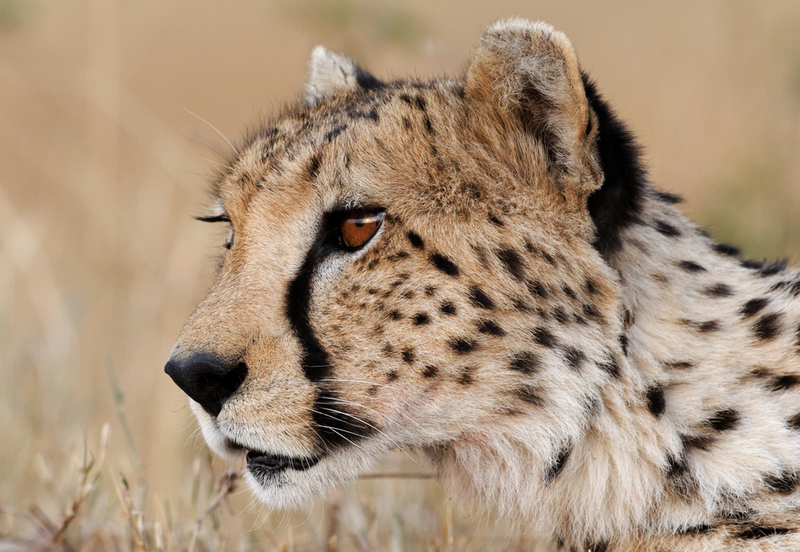
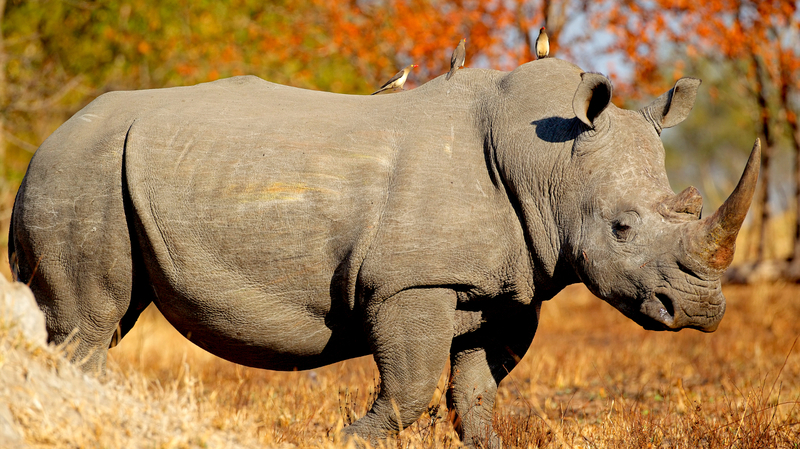
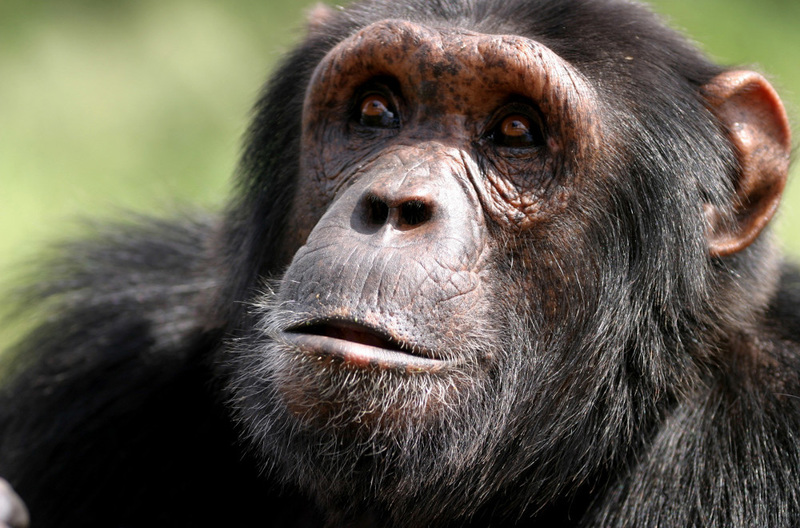
.jpg)
.jpg)
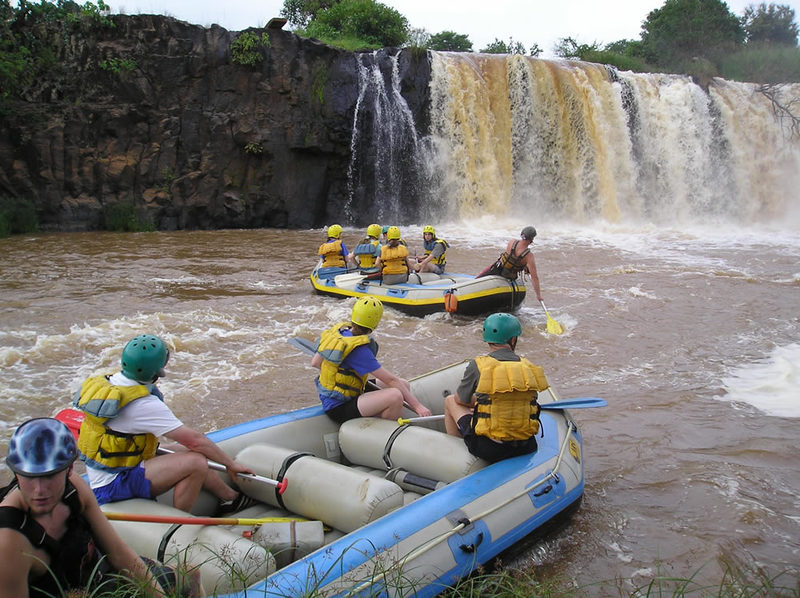
.jpg)
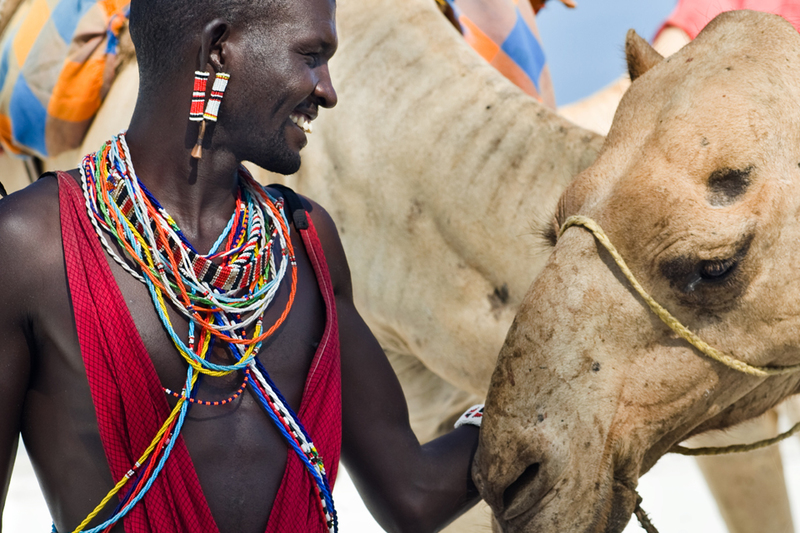
.jpg)
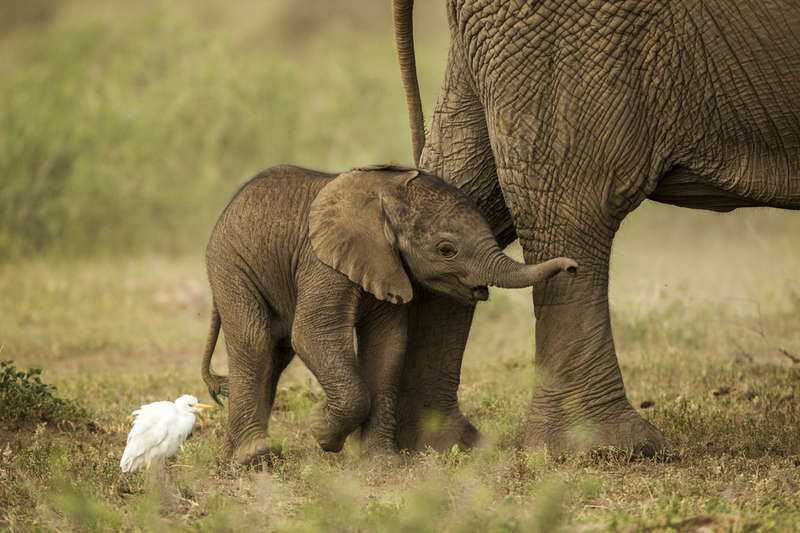
.jpg)